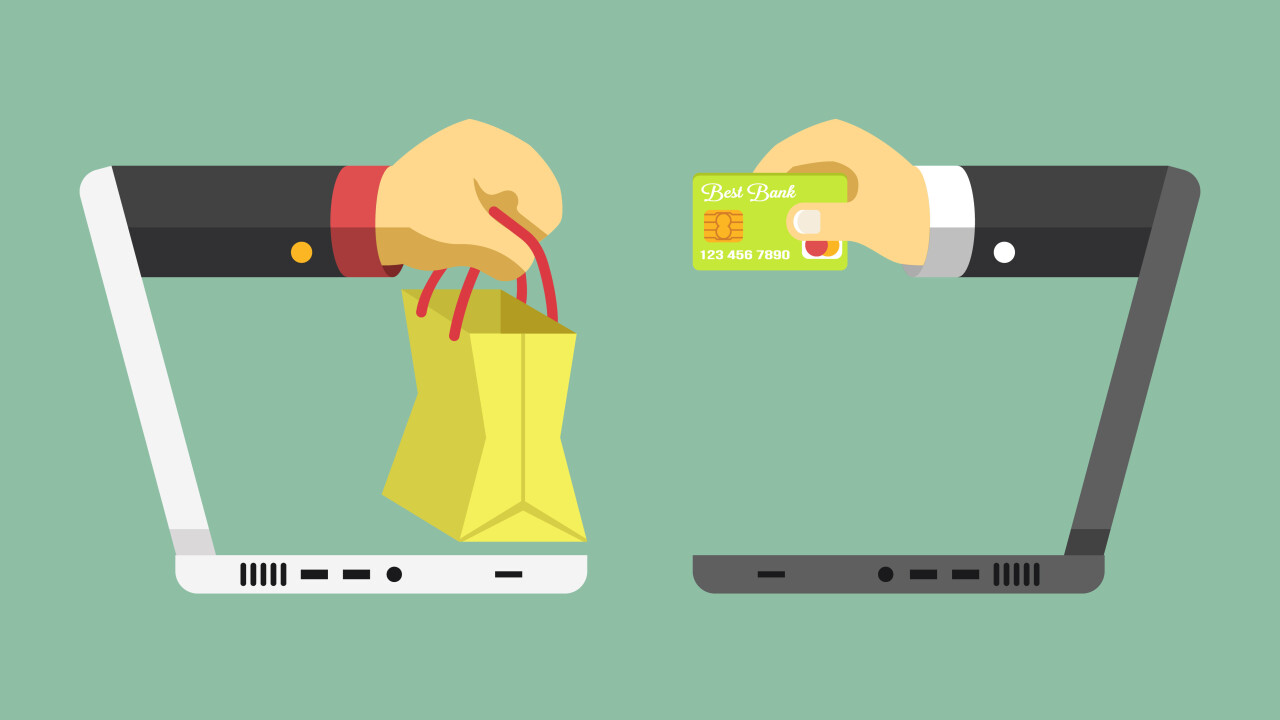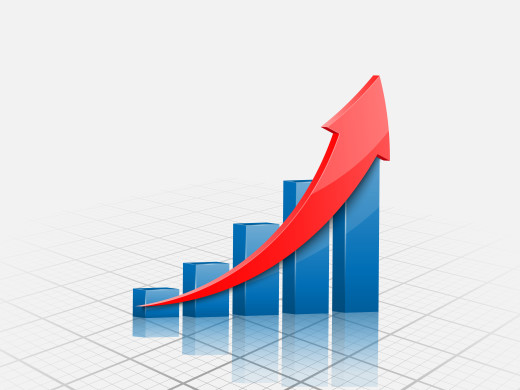
2015 was a busy year for the Indian e-commerce industry. Many companies have joined the battle for a share of the e-commerce market.
There are many e-commerce companies that were launched in the last year and many more that closed shop over the same period. Some of the newly launched e-commerce shopping portals in 2015 are Aditya Birla Group’s venture abof, the Mahindra Group’s venture m2all, Confederation of All India Traders (CAIT) launched e-lala etc. There were 11 failed startups alone in India this year.
One area of Indian e-commerce industry which has been seeing rapid growth is that of the hyper local deliveries in areas such as groceries. There were also big acquisitions in the market, the most notable of which was the FreeCharge acquisition by Snapdeal.
Additionally, more interest in regulation has alleviated some of the Indian e-commerce user concerns.
So what does the year 2016 hold for the Indian e-commerce industry? It is not always easy to predict the future but there are certain strong trends that will be define Indian e-commerce in the coming year.
Mobile apps or mobile Web
Many Indian e-commerce giants are going strong on the mobile apps. Some of the companies are strongly embracing the mobile app revolution including Myntra, the biggest Indian e-commerce company of fashion and lifestyle products. However, some major e-commerce companies such as Flipkart and Snapdeal have opted to go with the mobile sites as opposed to apps.

Many Indians who will be acquiring smartphones will choose more affordable low-spec options that have lower storage option. Even though they will be experimenting with mobile apps, the limited space means that they are not going to be able to store too many apps. So they will be installing and uninstalling in equal measure if the app is not so critical to their daily lifestyles.
This is why many companies are going to “lite” mobile websites as others embrace mobile apps.
Expect more mergers and acquisitions
2015 was a year of M&As. The top Indian M&A deals Flipkart – WeHive Technologies Pvt. Ltd, Mahindra –BabyOye, Foodpanda – Just Eat India, Ola Cabs – TaxiForSure, Snapdeal – Freecharge and much more.
There are several purposes for M&As but the most general purposes are to gain more return, increase their wings and capabilities, get more competitive benefits and cost cutting. These are the factors that have contributed to the collapse of many new Indian e-commerce startups. In 2016, as the promising Indian e-commerce market growth continues to shift in a positive direction, consumers can expect more mergers and acquisitions.
The hyper local market has seen lots of new startups emerging to fill the local space but many do not have the scale to be profitable thanks to the many offers and discounts which they offer in order to attract new customers. In 2016, many companies will be pursuing consolidation in order to remain sustainable.

More new startups
The Indian e-commerce industry is one that has great vitality. There are lots of new names that are going to emerge in 2016 and offer consumers lots of new offerings. As more Indians embrace social media tools such as Twitter and Facebook, users can also expect more social-media based offerings such as Facebook and Twitter promos.
Growth of the women consumers
The Indian e-commerce industry is going to experience exponential growth between now and 2020. This tremendous growth is going to be witnessed across all demographics.
The biggest growth will be in the number of women who will be buying their items online. In urban India, the number of women shoppers will grow by as much as 30 percent while the rural areas will see a staggering growth of 157 percent in 2016 as per the report of IAMAI-IMRB and Nielsen Informate.
The growth of the number of women shoppers (and males ones) will be as a result of the increase in the internet penetration (71 percent male and 29 percent female internet users), youth who are empowered and greater adoption of e-commerce by the general Indian population. Women typically spend more time online shopping when compared to men and this bodes well for the Indian e-commerce industry.
More products and services in the industry
The Indian e-commerce market already has hundreds of verticals but the list isn’t exhausted yet. Indian consumers can expect to see newer and more exciting things in the e-commerce sphere in the coming years. Car sales companies like Droom have seen tremendous growth in 2015 indicating that there are lots of unexploited opportunities that entrepreneurs can still tap into.
Summary
The stage for what will happen in 2016 in the Indian e-commerce sphere was already set in 2015 which was a watershed year for e-commerce India. Companies that focus on these trends are going to do well in the coming year.
Read next: How to get in on Africa’s e-commerce boom
Image credit: Shutterstock
Get the TNW newsletter
Get the most important tech news in your inbox each week.




